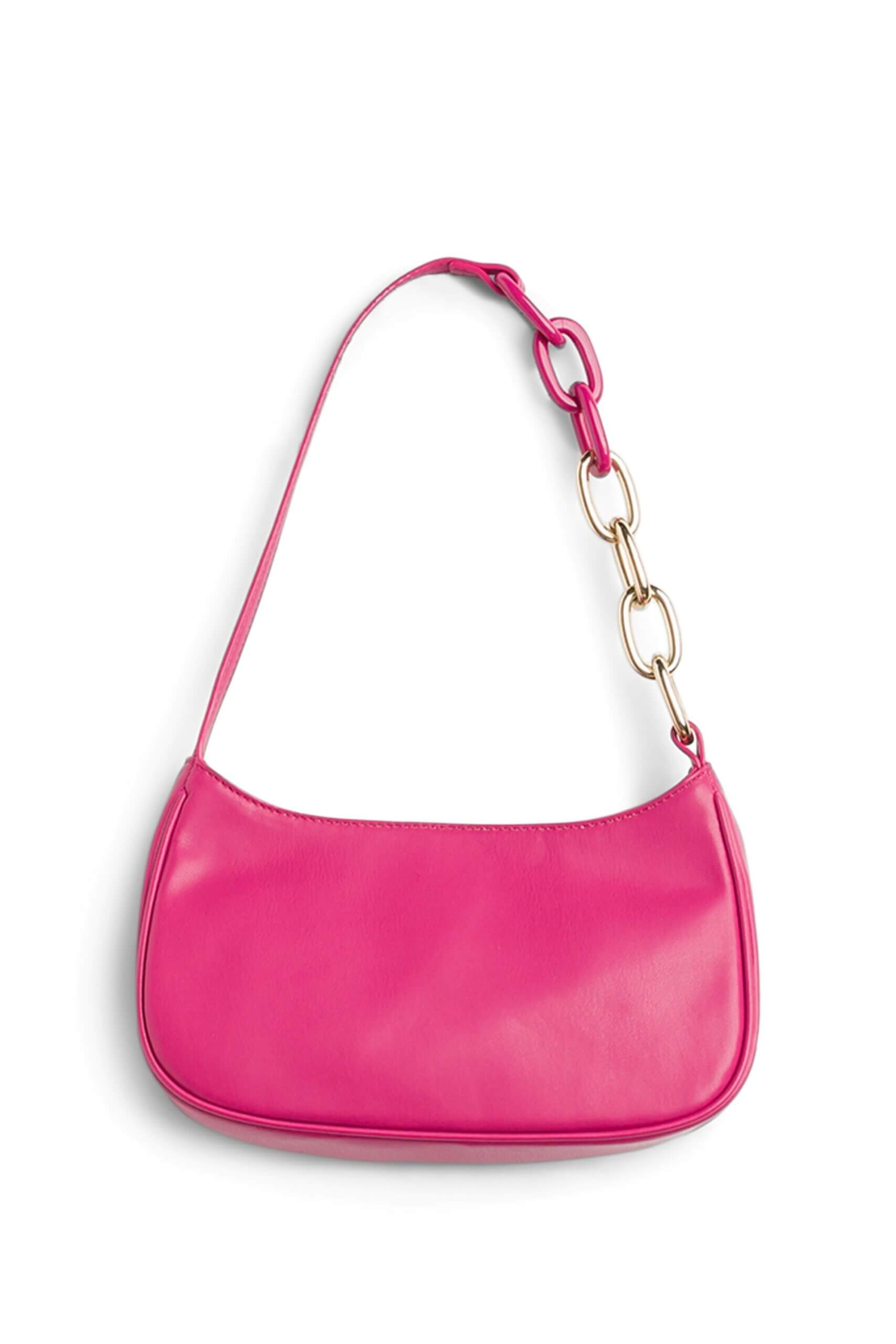
How not to make a fuss about climate change

Have you ever watched the news, or just the weather outside your own window, and worried that the future would become unbearable? Britt Wray, a human and planetary health researcher at Stanford University and the London School of Hygiene and Tropical Medicine, knows exactly what that feels like. She studies the impact of ecological crises on mental health, especially in young people, and has experienced climate anxiety in her own life. For example, for the past few years, Ray has been weighing whether to have children because their future looks so grim. (Spoiler alert: She just gave birth to a baby boy.)
When discussing the crisis, it’s inevitable that fear and despair will arise, without being consumed by darkness. But Ray is studying the psychology of grief and uncertainty in climate change, while trying to find ways to turn fear into action, joy and meaning.
She has compiled her findings in a new book, Generation Fear: Finding Purpose in an Era of Climate Crisis, which informs everyday life as well as making significant future choices in the face of a warming planet. In addressing both questions, she attempts to answer this one: Can we thrive in the midst of fear? This is not a simple analysis, and Wray does not shy away from complexity. What follows, in her own words, is Wray’s recipe for how to move forward with complexity and even find purpose in these challenging times.

Don’t be ashamed of your eco-anxiety. This feeling is not a pathology; you won’t find it in the diagnostic and statistical manuals of mental illness. It’s a natural, normal response to a real and present threat. It’s not something we want to ignore or treat with pills. It’s a sign that you care and are compassionate. The task is not to beat back feelings of anxiety, but to feel and validate them, and then apply them to the world. Just don’t get hijacked by emotions. I think it’s like knowing your feelings like a guest at a party: name them, get to know them well, but don’t get stuck with any of them all night.
Feel hope and sadness at the same time. One of the most painful things about extreme eco-anxiety is that it feels like a whipping. I’ll hear people talk about solutions and get excited, and then I’ll hear others talk about sheer doom and gloom and get scared. This cognitive dissonance is really uncomfortable. Our brains are not good at grasping two truths, so we often hold on to the worst thing imaginable because it feels so certain, and then we don’t have to make room for those two ideas. By using the concept of “binocular vision,” I was able to reconcile the two, balancing the vision between hope and fear – one eye can see the terrible injustice and tension, but the other eye can also see the amazing work being done.
Transforming Grief into Purpose. The overall investigation of this book is directed at a very large emotion – grief. We mourn the things we love, and now the things we care about are falling apart. But it’s not just an uncomfortable emotion. It can really teach us something. It provides an opportunity to think about how we will respond to catastrophic events and how we will show up compassionately. It’s painful, but part of the task is to make uncomfortable feelings comfortable. If we use those feelings to create meaning and purpose, it won’t be so bad. It’s an existential task, and a very grand one, because all these climate conversations are indicative of our current world order. Yet, if you make sense of it, you can endure almost anything.
Understand what really got us here. It’s important to understand how we got here. It’s not just that we ate too many burgers and enjoyed road trips. It’s decades of misinformation funded by fossil fuel companies to protect profits at the expense of a terrible future.
Don’t forget self-care. We want to be our best selves in response to a crisis, but our cognitive abilities are not at their best when we are hyper-vigilant, stressed and anxious, or if we become depressed, lethargic and numb. When we are on the edge, we must be aware and know when our anxiety may be triggered. All the basics – sleep well, exercise, connect with those you love, practice self-care, meditation and gratitude, do the things you love most, remind yourself of your connection to yourself – will help you stretch your window of forgiveness.
Don’t go alone. It’s hard to feel alone in a group of indifferent people. When a friend says, “You let me down!” or something like that. They may inadvertently shame you, so it’s important to find a safe space to talk about it. Talking to others who can validate and reflect on concerns can be a great relief and reinforcement. This is a collective, shared trauma that we cannot bear alone. There are many community groups and low-cost cottage peer support groups you can find online or attend for free or for little, such as the Good Grief Network, All We Can Save circles, Climate Awakening’s Climate Emotion Conversations, and the Climate Cafe.
Find an agent and thrive. You can have a lot of agency when you can go to the other side of grief instead of telling the story of what can’t be done. Our actions do matter, even if they are small. Each of us is part of the wave, and we have to do as much as we can to prevent harm at this late stage of the game. I really think people can thrive. Climate change makes us think about death and dying, and that’s tough, but in a paradoxical way, facing those emotions head-on can lead to a more meaningful life. It can brush B.S. home while learning what life is all about. In a deep and profound way, it provides the ingredients for living a big, bold life, which equates to thriving.
